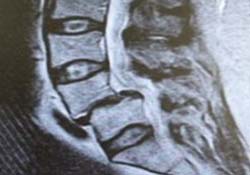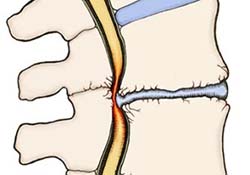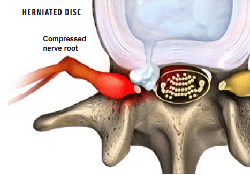Minimally Invasive Surgery
In general, the goal of minimally invasive spine surgery (MIS) is to stabilize the vertebral bones and spinal joints and/or relieve pressure being applied to the spinal nerves — often a result of conditions such as a spinal instability, bone spurs, herniated discs,...
Deformity
The normal spine is structurally balanced for optimal flexibility and support of the body’s weight. When viewed from the side, it has three gentle curves. The lumbar (lower) spine has an inward curve called lordosis. The thoracic (middle) spine has an outward curve...
Vertebral fracture
Even minor falls or trauma can produce a spine fracture. Many of these injuries will never require surgery, but major fractures can result in serious long-term problems unless treated promptly and properly. Spine fractures range from painful compression fractures,...
Segmental instability
Each spinal segment is like a well-tuned part of a machine. All of the parts should work together to allow weight bearing, movement, and support. A spinal segment is composed of two vertebrae attached together by ligaments, with a soft disc separating them. The facet...
Spinal stenosis
Spinal stenosis is a narrowing of the spaces within your spine, which can put pressure on the nerves that travel through the spine. Spinal stenosis occurs most often in the lower back and the neck.Some people with spinal stenosis may not have symptoms. Others may...
Disc herniation
A herniated disk refers to a problem with one of the rubbery cushions (disks) between the individual bones (vertebrae) that stack up to make your spine. A spinal disk is a little like a jelly donut, with a softer center encased within a tougher exterior. Sometimes...
Primary spinal tumors
Primary tumors originating from the spine are very complex and challenging entities totreat. Due to their rarity, a multicenter collaborative network is essential to shepherd thebest research and contribute to the dissemination of the best evidence possible. Overthe...
Spinal metastasis
The spinal column is the most common site for bone metastasis. Estimates indicate that at least 30 percent and as high as 70 percent of patients with cancer will experience spread of cancer to their spine. Common primary cancers that spread to the spine are lung,...
Spine tumors
Increasing number of people are suffering from a spine tumor. While primary tumors are rare conditions, metastatic lesions (a distant secondary tumor of a primary cancer) are more frequent due to the population aging and extended survival of cancer patients. These...









